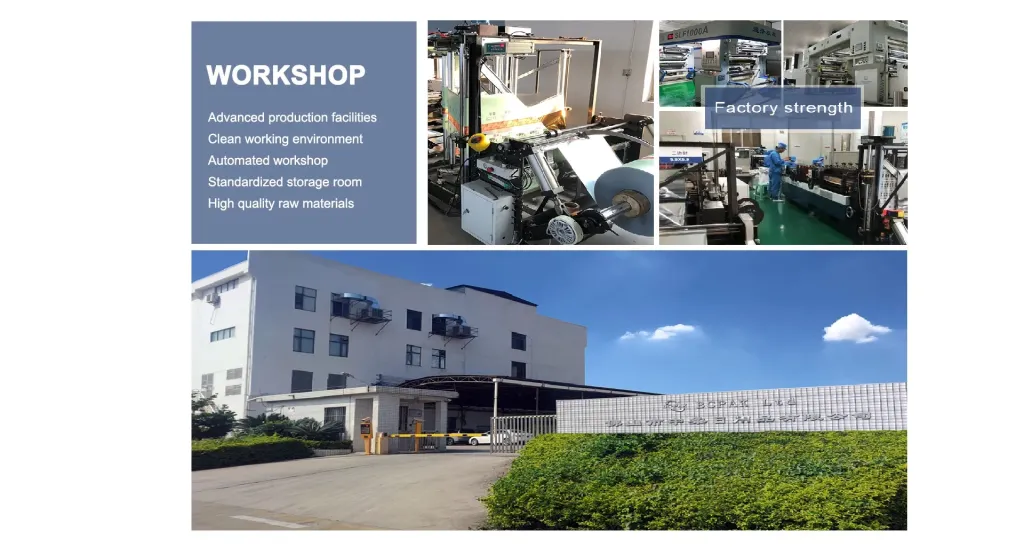A National Pipe Tapered (NPT) fitting is an essential component in the realm of piping systems, known for its robust and leak-resistant design. Despite being a staple in plumbing and mechanical engineering, many still seek clarity on its specifics, installation process, and applications. This article aims to demystify NPT fittings, rooted in expertise and authority, and to provide a trustworthy guide for both novices and professionals in the field.

NPT fittings are defined by their standardized thread profile, which is crucial for ensuring a tight seal in various fluid and gas transportation systems. The threads are tapered, meaning they narrow towards the end, allowing them to create a wedge effect when coupled with the corresponding male or female fittings. This tapering action not only facilitates a firmer grip but also enhances the sealing capabilities without excessive reliance on sealants or tapes, although these are commonly used for added security.
When it comes to materials, NPT fittings are available in a range of metals such as brass, stainless steel, and aluminum, as well as durable plastics like PVC. The choice of material largely depends on the specific requirements of the project—considerations include pressure, temperature, and the chemical nature of the fluids or gases involved. Brass, for instance, is appreciated for its machinability and corrosion resistance, making it suitable for water systems. Stainless steel, on the other hand, is preferred in high-pressure or highly corrosive environments due to its strength and resistance to rust.

One fundamental aspect of working with NPT fittings is understanding the correct installation technique.
It requires utmost precision to ensure that the tapered threads are aligned correctly before tightening. Over-tightening can damage the threads and compromise the seal, while under-tightening can result in leaks. Therefore, it's recommended to apply a consistent level of torque, typically by hand initially, followed by a wrench to achieve the necessary tightness. Using thread sealant or Teflon tape enhances the seal, especially in high-pressure applications.
NPT fittings find applications in various industries, from residential plumbing to complex industrial systems. In residential settings, they are commonly used in water supply lines and gas piping due to their reliability and ease of installation. In industrial applications, they play a critical role in chemical plants, oil refineries, and food processing units, where any leak can lead to hazardous or costly consequences.
what is a npt fitting
Given the broad applicability of NPT fittings, it's crucial to select the right size and type for your specific application. Sizes typically range from 1/16 inch to 2 inches, and choosing the correct size ensures system integrity and performance. Checking the compatibility of the fitting with the piping material and fluid type further bolsters the system's efficiency and safety.
In terms of expertise, professionals emphasize the importance of regular maintenance and inspection of NPT fittings, especially in demanding environments. Over time, fittings may experience wear and tear due to pressure fluctuations and vibrations. Regular checks can preemptively address any issues, such as loosening or corrosion, thereby extending the lifespan of the overall assembly.
NPT fittings stand out not just for their functional reliability but also for their adherence to global standards, ensuring uniformity and compatibility across various systems and regions. Professionals trust NPT fittings due to their proven track record in delivering performance and safety, particularly in critical applications where failure is not an option.
In conclusion, NPT fittings are more than just a connecting piece in piping systems; they are a hallmark of engineering efficacy and safety. Whether you are an engineer designing a complex fluid system or a homeowner fixing a leak, understanding the intricacies of NPT fittings empowers you to make informed decisions, ensuring that your systems are both efficient and enduring. Always prioritize quality and standards compliance when selecting and installing NPT fittings to harness their full potential and ensure seamless performance.
Post time:
Jan-20-2025











